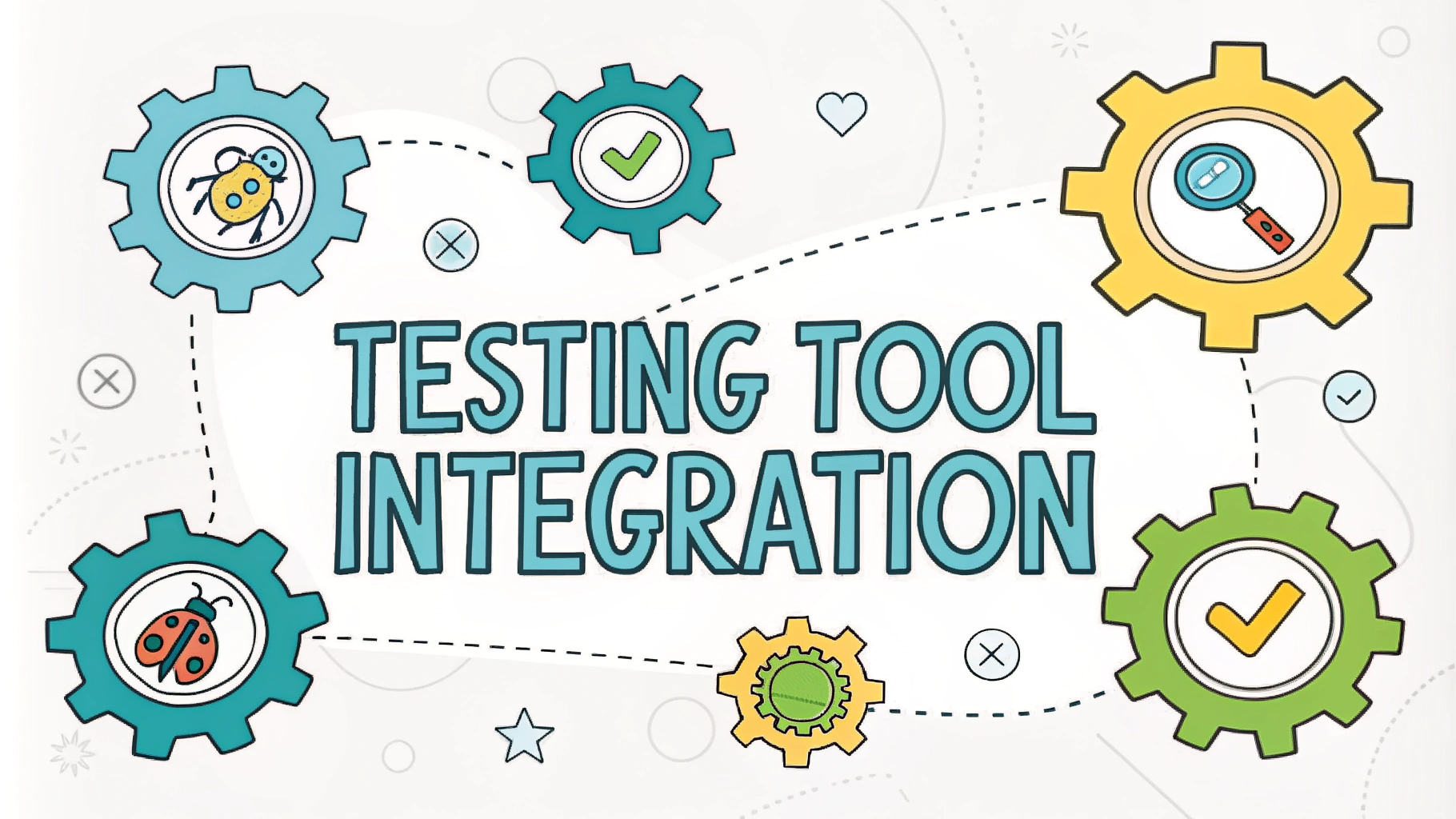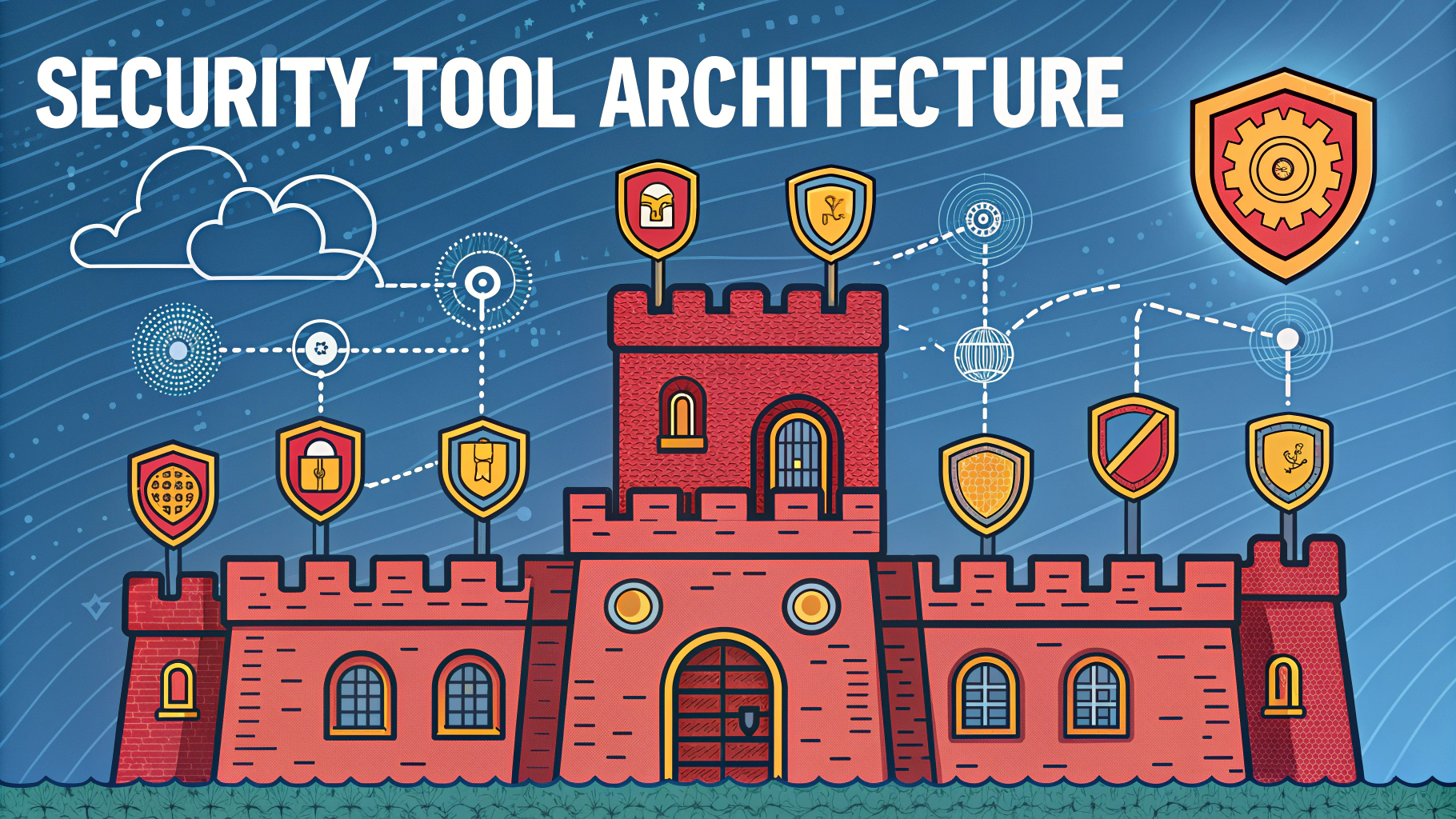Documentation standards ensure consistency, clarity, and effectiveness when recording findings during penetration testing engagements.
Proper documentation helps security teams track vulnerabilities, communicate issues to stakeholders, and maintain an audit trail of testing activities.
This guide outlines key documentation requirements and best practices for penetration testers to produce high-quality, actionable reports.
Essential Documentation Components
- Executive Summary
- Testing Methodology
- Findings & Vulnerabilities
- Risk Ratings
- Remediation Steps
- Technical Details
- Evidence & Screenshots
Report Structure Guidelines
Each vulnerability finding should follow this structure:
- Title: Clear, descriptive name of the vulnerability
- Risk Rating: CVSS score or similar rating system
- Description: Technical explanation of the issue
- Impact: Business impact and potential consequences
- Proof of Concept: Steps to reproduce the issue
- Remediation: Specific fix recommendations
- References: CVE numbers, security advisories
Documentation Tools
| Tool | Purpose |
|---|---|
| Dradis | Collaborative reporting platform |
| PlexTrac | Vulnerability management & reporting |
| DefectDojo | Security findings management |
| Faraday | Integrated pentesting environment |
Writing Style Guidelines
- Use clear, technical language without jargon
- Include specific technical details and configurations
- Provide step-by-step reproduction instructions
- Add relevant code snippets and command outputs
- Include clear screenshots with highlighted issues
Evidence Collection Standards
- Capture clean, readable screenshots
- Record terminal output and commands
- Document system versions and configurations
- Save raw tool output and scan results
- Maintain a chronological testing log
Risk Rating Framework
Use the Common Vulnerability Scoring System (CVSS) to rate findings:
- Critical: 9.0-10.0
- High: 7.0-8.9
- Medium: 4.0-6.9
- Low: 0.1-3.9
Quality Assurance Checklist
- Verify technical accuracy of findings
- Check proper risk ratings
- Validate remediation steps
- Review grammar and formatting
- Ensure all evidence is included
- Confirm client-specific requirements
Next Steps for Implementation
Contact professional organizations for additional guidance:
- SANS Institute: www.sans.org
- OWASP: owasp.org
- Penetration Testing Execution Standard: www.pentest-standard.org
Client Communication Best Practices
- Schedule regular status updates
- Clearly explain technical findings in business terms
- Prioritize findings based on business impact
- Document all client interactions and decisions
- Maintain professional communication standards
Compliance & Legal Considerations
- Document scope and authorization
- Maintain confidentiality requirements
- Follow data handling procedures
- Record testing boundaries and limitations
- Include relevant compliance frameworks
Documentation Storage & Retention
Storage Requirements
- Use encrypted storage solutions
- Implement access controls
- Maintain backup procedures
- Follow retention policies
- Track document versions
Security Controls
- Enable multi-factor authentication
- Implement audit logging
- Regular access reviews
- Secure file transfer protocols
Moving Forward with Professional Documentation
Standardized documentation practices strengthen security testing outcomes and provide lasting value to organizations. Teams should regularly review and update their documentation procedures to maintain effectiveness and adapt to evolving security landscapes.
- Establish internal documentation reviews
- Update templates periodically
- Incorporate industry feedback
- Measure documentation effectiveness
- Train team members on standards
FAQs
- What is the primary purpose of tool documentation in penetration testing?
Tool documentation provides detailed information about security testing tools, including their usage, capabilities, limitations, and potential risks, ensuring consistent and effective implementation during security assessments. - What are the essential components that must be included in penetration testing tool documentation?
Essential components include tool name and version, purpose, installation requirements, usage instructions, command syntax, output interpretation, known limitations, and potential false positives/negatives. - How should version control be handled in tool documentation?
Version control should track documentation updates, tool versions, changes in functionality, compatibility issues, and maintain a changelog that records modifications, improvements, and bug fixes. - What security considerations should be documented when describing penetration testing tools?
Documentation must include potential risks, legal implications, required permissions, target system impacts, and safeguards to prevent unintended damage or unauthorized access. - How should tool dependencies and prerequisites be documented?
Dependencies documentation should list required operating systems, libraries, frameworks, system requirements, and any specific configurations needed for proper tool operation. - What format should command examples follow in the documentation?
Command examples should include proper syntax, parameter explanations, real-world usage scenarios, expected outputs, and common error messages with their resolutions. - How should troubleshooting procedures be documented?
Troubleshooting documentation should contain common issues, error messages, diagnostic steps, resolution procedures, and workarounds for known problems. - What legal disclaimers should be included in penetration testing tool documentation?
Legal disclaimers must address usage restrictions, liability limitations, compliance requirements, licensing terms, and statements about responsible usage and potential consequences. - How should output interpretation guidelines be documented?
Output interpretation guidelines should explain tool results, severity ratings, false positive identification, report generation, and recommended remediation steps. - What accessibility standards should be followed in tool documentation?
Documentation should follow web content accessibility guidelines (WCAG), include alternative text for images, proper heading hierarchy, and be compatible with screen readers.






